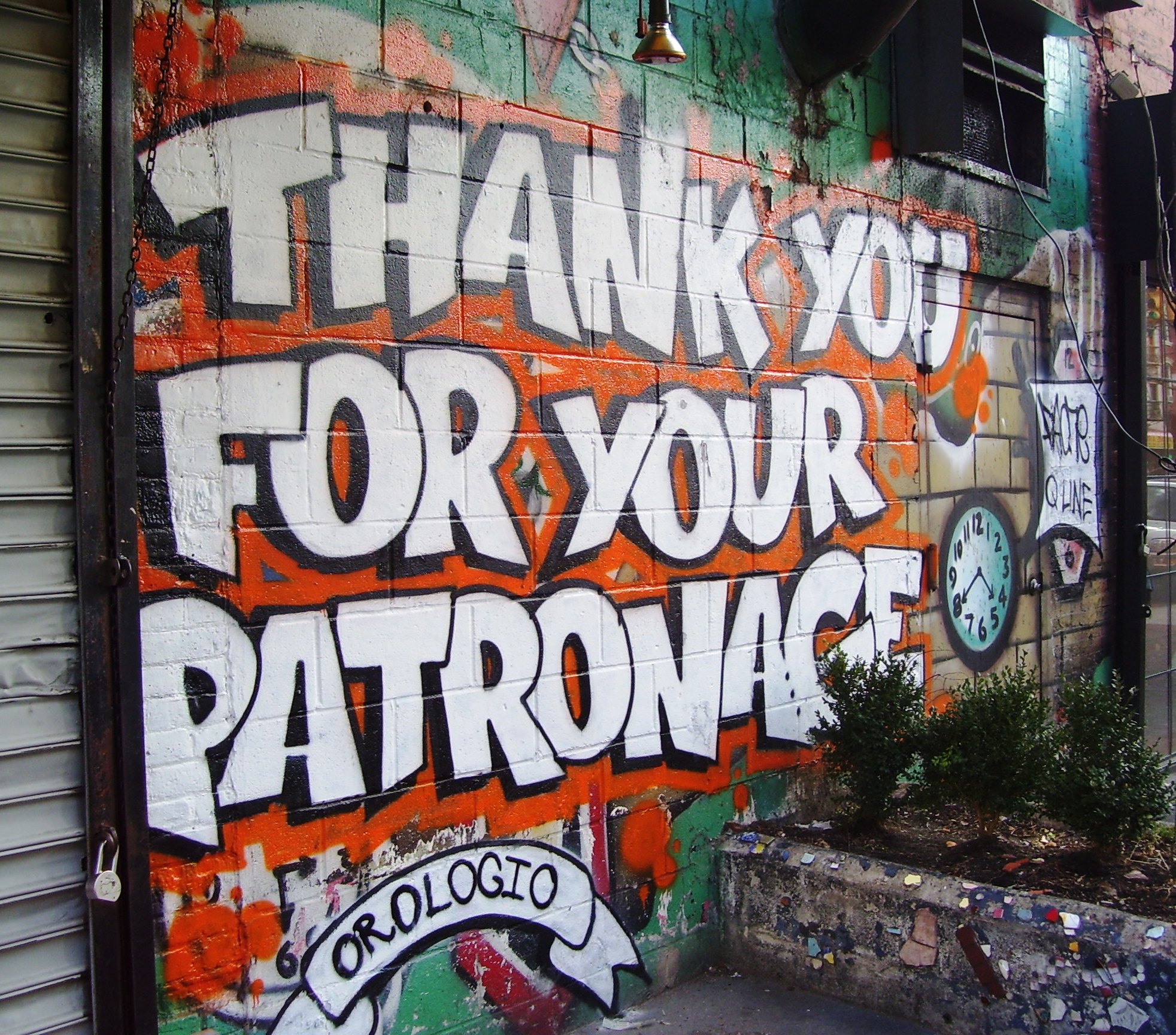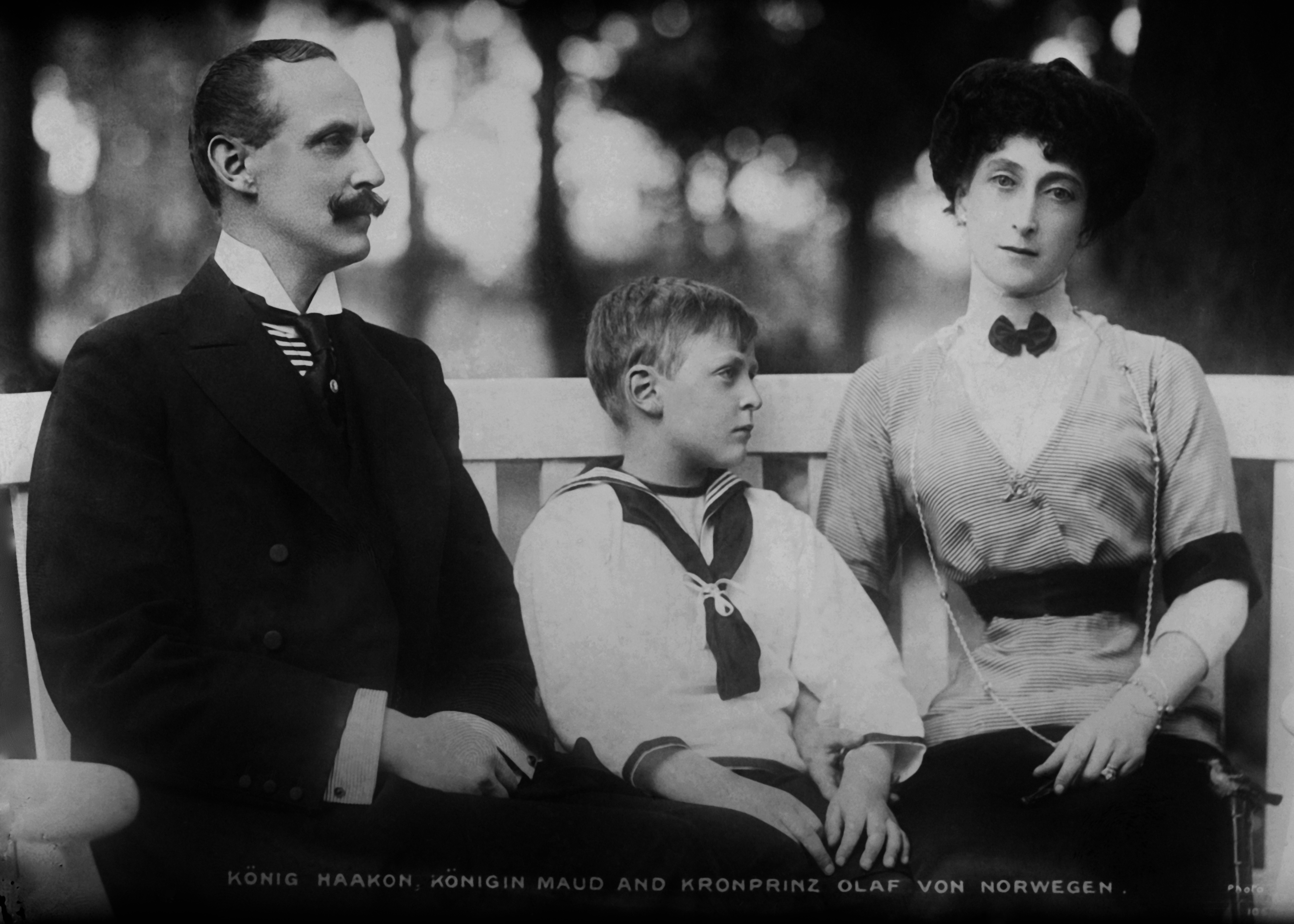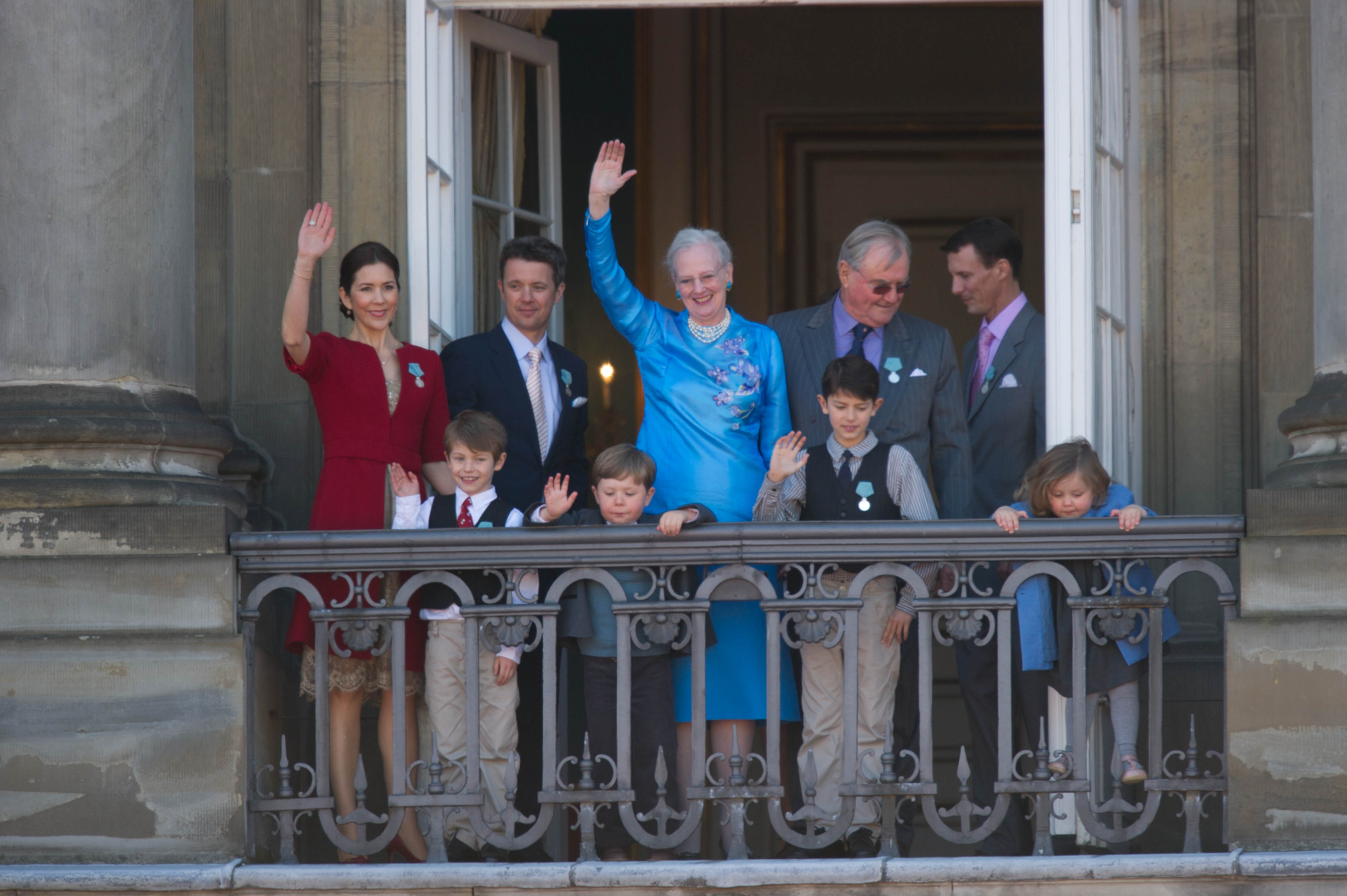|
Joséphine De Beauharnais
Joséphine Bonaparte (, born Marie Josèphe Rose Tascher de La Pagerie; 23 June 1763 – 29 May 1814) was the first wife of Emperor Napoleon I and as such Empress of the French from 18 May 1804 until their marriage was annulled on 10 January 1810. As Napoleon's consort, she was also List of Italian royal consorts, Queen of Italy from 26 May 1805 until the 1810 annulment. She is widely known as Joséphine de Beauharnais () or Empress Joséphine. Joséphine's marriage to Napoleon was her second. Her first husband, Alexandre de Beauharnais, was guillotined during the Reign of Terror, and she was imprisoned in the Saint-Joseph-des-Carmes, Carmes prison until five days after his execution. Through her children by Beauharnais, she was the grandmother of Emperor Napoleon III of France and Empress Amélie of Brazil. Members of the current Dynasty, royal families of Swedish royal family, Sweden, Danish royal family, Denmark, Monarchy of Belgium, Belgium, and Norwegian royal family, ... [...More Info...] [...Related Items...] OR: [Wikipedia] [Google] [Baidu] |
Duke Of Navarre
Duke of Navarre () was a noble title of the First French Empire. It was created, as Duchess of Navarre (), by letters patent of 9 April 1810 for Empress Joséphine, following her divorce from Napoleon earlier that year. The title refers to her Château de Navarre in Normandy and not the former Kingdom of Navarre. She died in 1814 and was succeeded by her grandsons, first Auguste (who died in 1835) and then Maximilian. Upon Maximilian's death in 1852, during the Second French Empire, his eldest son Nicholas was prevented from succeeding. Through his mother, Grand Duchess Maria Nikolaevna of Russia, he was a member of a foreign royal family and thus unable to take the required oath to establish succession to the majorat ''Majorat'' () is a French term for an arrangement giving the right of succession to a specific parcel of property associated with a title of nobility to a single heir, based on male primogeniture. A majorat ( fideicommis) would be inherited by .... Dukes ... [...More Info...] [...Related Items...] OR: [Wikipedia] [Google] [Baidu] |
Saint-Joseph-des-Carmes
Saint-Joseph-des-Carmes (''Saint-Joseph-des-Carmes'') is a Catholic church located at 70 rue de Vaugirard in the 6th arrondissement of Paris. It was originally built as the chapel of a convent of the mendicant order of Discalced Carmelites. It is now the church of the Catholic Institute of Paris, a university-level seminary for training priests, and is also a parish church for the neighbourhood. It is dedicated to Saint Joseph, husband of the Virgin Mary. Built between 1613 and 1620, it combines elements of Classical architecture on the exterior with a remarkable display of Baroque architecture and art in the interior. The chapel is open to the public at limited hours. The site was a prison of the French Revolution, formed of a vast enclosure bounded by rue du Regard, rue du Cherche-Midi and rue Cassette - it was also bordered to the south by rue de Vaugirard. It was the site of one of the September Massacres in 1792 and features in the 1927 film ''Napoléon''. It was also th ... [...More Info...] [...Related Items...] OR: [Wikipedia] [Google] [Baidu] |
Château De Malmaison
The Château de Malmaison () is a French château situated near the left bank of the Seine, about west of the centre of Paris, in the commune of Rueil-Malmaison. Formerly the residence of Empress Joséphine de Beauharnais, along with the Tuileries it was the headquarters of the French government from 1800 to 1802, and Napoleon's last residence in France at the end of the Hundred Days in 1815. History Joséphine de Beauharnais bought the manor house in April 1799 for herself and her husband, General Napoléon Bonaparte, the future Napoléon I of France, at that time away fighting the Egyptian Campaign. Malmaison was a run-down estate, west of central Paris that encompassed nearly of woods and meadows. Upon his return, Bonaparte expressed fury at Joséphine for purchasing such an expensive house with the money she had expected him to bring back from the Egyptian campaign. The house, for which she had paid well over 300,000 francs, needed extensive renovations; she spen ... [...More Info...] [...Related Items...] OR: [Wikipedia] [Google] [Baidu] |
Empire Style
The Empire style (, ''style Empire'') is an early-nineteenth-century design movement in architecture, furniture, other decorative arts, and the visual arts, representing the second phase of Neoclassicism. It flourished between 1800 and 1815 during the Consulate and the First French Empire periods, although its life span lasted until the late-1820s. From France it spread into much of Europe and the United States. The Empire style originated in and takes its name from the rule of the Emperor Napoleon I in the First French Empire, when it was intended to idealize Napoleon's leadership and the French state. The previous fashionable style in France had been the Directoire style, a more austere and minimalist form of Neoclassicism that replaced the Louis XVI style, and the new Empire style brought a full return to ostentatious richness. The style corresponds somewhat to the '' Biedermeier style'' in the German-speaking lands, Federal style in the United States, and the Regency st ... [...More Info...] [...Related Items...] OR: [Wikipedia] [Google] [Baidu] |
Patron Of Art
Patronage is the support, encouragement, privilege, or financial aid that an organization or individual bestows on another. In the history of art, art patronage refers to the support that princes, popes, and other wealthy and influential people have provided to artists such as musicians, painters, and sculptors. It can also refer to the right of bestowing offices or church benefices, the business given to a store by a regular customer, and the guardianship of saints. The word ''patron'' derives from the Latin ('patron'), one who gives benefits to his clients (see patronage in ancient Rome). In some countries, the term is used to describe political patronage or patronal politics, which is the use of state resources to reward individuals for their electoral support. Some patronage systems are legal, as in the Canadian tradition of the prime minister appointing senators and the heads of a number of commissions and agencies; in many cases, these appointments go to people who have ... [...More Info...] [...Related Items...] OR: [Wikipedia] [Google] [Baidu] |
Love Letter
A love letter is an expression of love in written form. However delivered, the letter may be anything from a short and simple message of love to a lengthy explanation and description of feelings. History One of the oldest references to a love letter dates to Indian mythology of more than 5,000 years ago. Mentioned in the Bhagavatha Purana, book 10, chapter 52, it is addressed by princess Rukmini to King Krishna and carried to him by her Brahmin messenger Sunanda. Examples from Ancient Egypt range from the most formal, and possibly practical – "The royal widow ..Ankhesenamun wrote a letter to the king of the Hittites, Egypt's old enemy, begging him to send one of his sons to Egypt to marry her" – to the down-to-earth: Let me "bathe in thy presence, that I may let thee see my beauty in my tunic of finest linen, when it is wet". A fine expression of literary skill can be found in Imperial China: when a heroine, faced with an arranged marriage, wrote to her childhood sweet ... [...More Info...] [...Related Items...] OR: [Wikipedia] [Google] [Baidu] |
Marie Louise Of Austria
Marie Louise (Maria Ludovica Leopoldina Franziska Theresia Josepha Lucia; 12 December 1791 – 17 December 1847) was Duchess of Parma from 11 April 1814 until her death in 1847. She was Napoleon's second wife and as such Empress of the French and Queen of Italy from their marriage on 2 April 1810 until his abdication on 6 April 1814. As the eldest child of Francis II, Holy Roman Emperor and Emperor of Austria, and his second wife, Maria Theresa of Naples and Sicily, Marie Louise grew up during a period marked by ongoing and unceasing conflict between Austria and revolutionary France. A series of military defeats at the hands of Napoleon Bonaparte had inflicted a heavy human toll on Austria and led Francis to dissolve the Holy Roman Empire. The end of the War of the Fifth Coalition resulted in the marriage of Napoleon and Marie Louise in 1810, which ushered in a brief period of peace and friendship between Austria and the French Empire, much like prior alliances between the ... [...More Info...] [...Related Items...] OR: [Wikipedia] [Google] [Baidu] |
Grand Ducal Family Of Luxembourg
The grand ducal family of Luxembourg constitutes the House of Luxembourg-Nassau, headed by the sovereign grand duke, and in which the throne of the grand duchy is hereditary. It consists of heirs and descendants of the House of Nassau-Weilburg, whose sovereign territories passed cognatically from the House of Nassau to the House of Bourbon-Parma, itself a branch of the Spanish royal house which is agnatically a cadet branch of the House of Capet that originated in France, itself a derivative dynasty from the Robertians and the Karlings and the founding house of the Capetian dynasty. History In 1443 the last member of the senior branch of the House of Luxemburg, Duchess Elisabeth, sold the Duchy of Luxembourg to Duke Philip the Good of Burgundy, a prince of the French House of Valois. In 1477 the duchy passed by marriage of Philip's granddaughter, Mary of Burgundy, to Archduke Maximilian I of Austria of the House of Habsburg. Luxembourg was one of the fiefdoms in the former ... [...More Info...] [...Related Items...] OR: [Wikipedia] [Google] [Baidu] |
Norwegian Royal Family
Members of the Norwegian royal family are people related to King Harald V of Norway or former Norwegian monarchs who are royals and who hold royal titles. The term does not include non-royal relatives. The current family who holds the throne are members of the House of Glücksburg who ascended to the Norwegian throne after the election of Prince Carl of Denmark as King of Norway (regnal name Haakon VII) during the dissolution of the Swedish-Norwegian union in 1905. The Norwegian monarch holds the title King of Norway while his Royal consort is Queen of Norway with the style Majesty. The heir apparent to the Norwegian throne holds the title Crown Prince of Norway while his wife is Crown Princess of Norway with the style Royal Highness. The children of the reigning Monarch and the children of the heir apparent are granted the title Prince of Norway or Princess of Norway. Only the eldest child is a Royal Highness, while the others do not have any styles in Norwegian, alt ... [...More Info...] [...Related Items...] OR: [Wikipedia] [Google] [Baidu] |
Monarchy Of Belgium
The monarchy of Belgium is the Constitutional monarchy, constitutional and Inheritance, hereditary institution of the monarchical head of state of the Kingdom of Belgium. As a popular monarchy, the Belgian monarch uses the title king/queen of the Belgians and serves as the country's head of state and commander-in-chief of the Belgian Armed Forces. There have been seven List of Belgian monarchs, Belgian monarchs since independence in 1830. The incumbent, Philippe of Belgium, Philippe, ascended the throne on 21 July 2013, following the abdication of his father Albert II of Belgium, Albert II. Origins When Belgium gained independence from the United Kingdom of the Netherlands in 1830, the National Congress of Belgium, National Congress chose a constitutional monarchy as the form of government. The Congress voted on the question on 22 November 1830, supporting monarchy by 174 votes to 13. In February 1831, the Congress nominated Prince Louis, Duke of Nemours, Louis, Duke of ... [...More Info...] [...Related Items...] OR: [Wikipedia] [Google] [Baidu] |
Danish Royal Family
The Danish royal family is the dynastic family of the monarch of Denmark. While some members of the Danish royal family hold the title of ''Prince(ss) of Denmark'', descendants of Margrethe II additionally bear the title '' Count(ess) of Monpezat''. Children of the monarch are accorded the style of ''His/Her Royal Highness''. The King and Queen are styled ''Majesty''. Through his mother, Margrethe II, King Frederik X and his descendants belong to the House of Glücksburg, which is a branch of the royal House of Oldenburg. Margrethe II's children and male-line descendants also belong agnatically to the Laborde de Monpezat family, and were given the concurrent title ''Count/Countess of Monpezat'' by royal decree on 30 April 2008. The Danish royal family receives remarkably high approval ratings in Denmark, ranging between 82% and 92%. Main members The Danish royal family includes: * King Frederik X and Queen Mary (the King and his wife) ** Crown Prince Christian (the King' ... [...More Info...] [...Related Items...] OR: [Wikipedia] [Google] [Baidu] |






